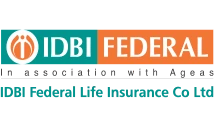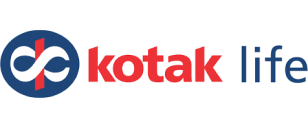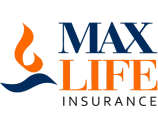
Ever since the pandemic has struck, recent timelines have been divided into two distinct phases – the pre-COVID and the post-COVID era. In fact, the pandemic has completely changed lifestyles, finances and even the economy as a whole. The life insurance segment is no different.
During the pandemic, the importance of a life insurance policy dawned on many and people rushed to insure themselves against the possibility of untimely death. The life insurance industry, thus, witnessed a surge in demand as the premium income increased by 9.74% during the financial year 2020-21 as per the Economic Survey 2021-22. Even the life insurance penetration jumped to 3.2% in 2020 compared to 2.82% in 2019 (where Insurance penetration is measured as the percentage of the total life insurance premium paid in a year to GDP.). (Source: Economic Times)
Thus, to meet the demands of the pandemic era and also to adapt to the changing economic scenario, the life insurance industry evolved.
Do you know how?
Well, here are a few changes that have happened in the industry and also those that are still work-in-progress –
- Digitised policy issuance
With the pandemic, most companies were operating online due to lockdowns or with limited employee strength. This worked as a boon for the digital space. Insurance companies were mostly digitally equipped, but this digital awareness gave an impetus to eKYC and online policy issuance.
The regulator recognised the increasing demand for life insurance policies and the challenge of physical policy issuance. As such, it allowed insurers the facility of issuing their policies online through video KYC or eKYC and digital signatures. This made it easy for both prospective and existing policyholders to buy and renew their plans without having to step out of their homes.
- Online customer support
Another by-product of lockdowns, social distancing and the work from the home model was the dependence on the online medium to solve customer queries and complaints. Insurance companies took additional efforts to make their customer support department online so that customers can choose from AI bots, WhatsApp messages, SMS, emails and live chats to connect with the insurance company. The insurers also reduced their TATs as online assistance enabled them to track their complaints and grievances in real-time.
- The impetus to online sales
Insurers also placed considerable impetus on online sales either through their own websites or through online agents and brokers. This also facilitated the easy sale of the policy with minimal paperwork. Moreover, with the eKYC introduced by the IRDAI, issuance of the policy also became a breeze.
- New and innovative policies
While most of the new demand for policies was due to COVID induced deaths, insurers came up with innovative policies that allowed coverage for COVID as well. While life insurance plans automatically covered COVID-related deaths, insurers communicated the same to their policyholders and prospective customers to raise awareness. Moreover, new policies were also introduced that were available online at affordable premiums to allow instant coverage to those seeking protection against the pandemic’s financial repercussions such as Corona Kavach and Corona Rakshak.
- The introduction of API
This is a relatively newer concept in the life insurance industry which is still in its nascent stages. As mentioned earlier, this is a work-in-progress. API stands for Application Programming Interface. It can act as a plug-in for life insurance policies across other financial assets and transactions. Life insurers can, thus, tie up with financial service providers and sell their plans through API plug-ins to increase demand. This would also enable an increase in life insurance penetration as the purchase process would be simplified.
A very common example can be found in tour booking apps that offer you additional travel insurance cover at a nominal rate. This is how API works. While you make your travel bookings, you might as well invest in a travel insurance policy to secure the trip at a nominal cost. API plug-ins, thus, help in cross-selling.
In the life insurance industry, API plug-ins can be used when individuals buy mutual funds, stocks, other investments or even when they buy another type of insurance policy from the company. The API interface has the power to disrupt insurance sales and can go a long way in evolving the life insurance industry to the next level altogether.
The life insurance industry is dynamic. It changes to cater to the changing needs and preferences of consumers so that life insurance, as a product, can stay relevant in changing times. The aforementioned points are some of the changes that the life insurance industry went through during the pandemic. The future is digital and with new innovations and changes, the life insurance industry would also evolve continuously. As the awareness of life insurance has increased, the industry has a long road ahead to make life insurance an indispensable part of an individual’s portfolio.






























